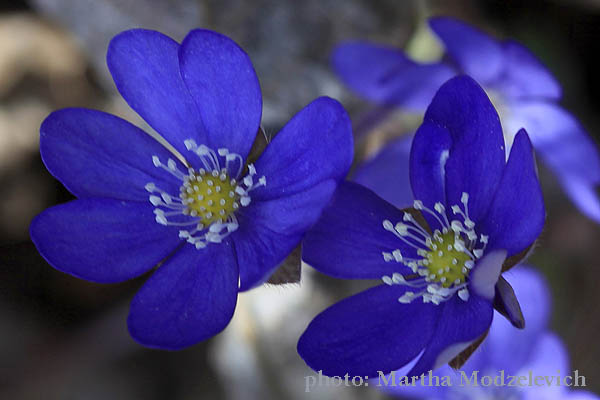
| Scientific name: | Hepatica nobilis Schreb. | |
| Synonymname: | Hepatica triloba Chaicx, Anemone hepatica L. | |
| Swedish name: | Blåsippa, rödsippa | |
| German name: | Leberblümchen | |
| Nederlandse naam: | Leverbloem | |
| English name: | Sharp-lobed Hepatica, Round-lobed Hepatica, Liverwort, Liverleaf | |
| Plant Family: | Ranunculaceae, Crowfoot family, Ranunkelväxter |

|
| Life form: | Perennial | |
| Stems: | Hairy, largely leafless stalks | |
| Leaves: | Basal and dark leathery green, each with three lobes | |
| Flowers: | Hermaphrodite, white, bluish purple or pink; 5-12 petal-like sepals, usually 6; 3 hairy bracts | |
| Flowering Period: | April, May | |
| Fruits: | A sessile or short stipitate head of hairy achenes, tipped with persistent styles | |
| Habitat: | Woodland, Dappled Shade, Shady Edge, Deep Shade |
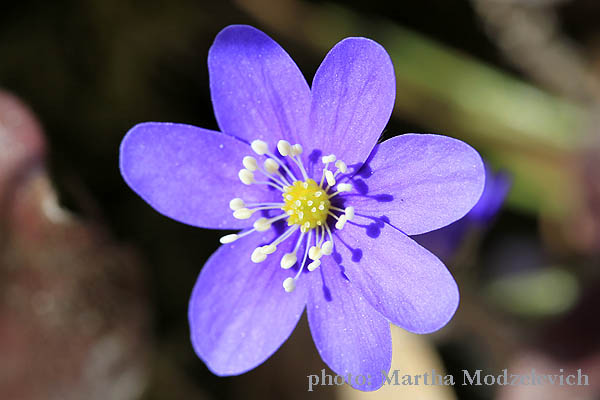
Derivation of the botanical name: Hepatica, hēpar (ήπαρ), "liver" because of the leaf shape, like the human liver, has three lobes. Owing to the doctrine of signatures, the plant was thought an effective treatment for liver disorders. nobilis, noble. triloba, tri, three; λοβοϛ lobus, Greek: lobe of the ear; three lobes.
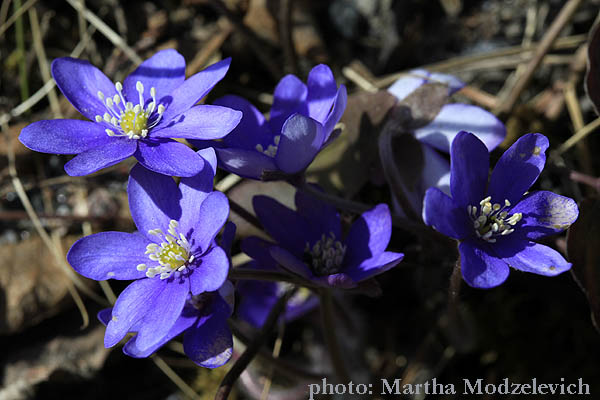
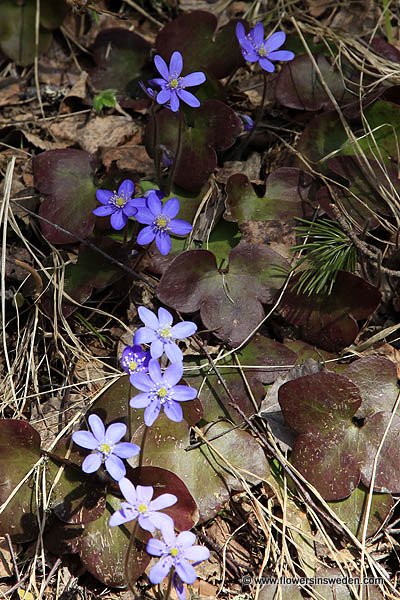
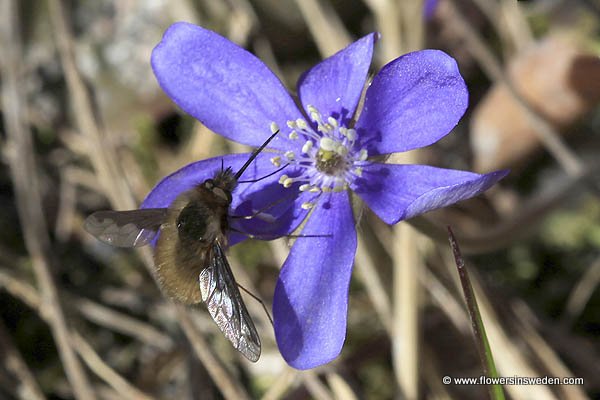
|